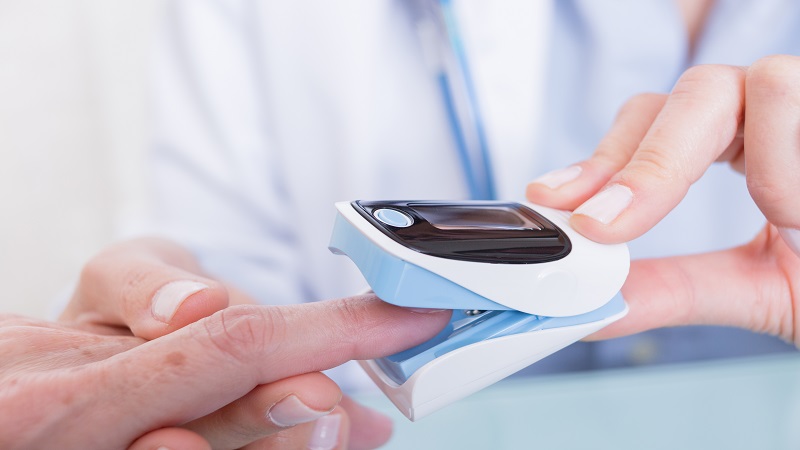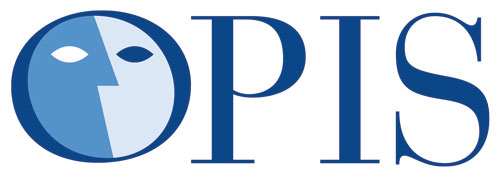The new regulation on medical devices, what and when will it change?

The full application of the new Regulation on Medical Devices (MDR 2017/745) has been postponed to May 26, 2021, also extending the period of validity of article 120 containing the transitional provisions in order to avoid market upheavals and allow an easy transition from the directives to the regulation.
During the transition phase, both products certified under the Directives and those certified under the Regulation will coexist on the market. Both categories will enjoy equal status under the law and will not be subject to discrimination in public procurement as regards eligibility criteria.
What is going to change?
In terms of impact on manufacturers and products, the basic regulatory requirements of the directives and the regulation on medical devices are essentially the same.
Without removing any prescriptions, the MDR has added new ones. Compared to the current directives, the new regulation places greater emphasis on a safety approach based on the life cycle, with the support of clinical data.
The main objective is to ensure the proper functioning of the internal market for medical devices, taking as a base a high level of protection as regards the health for patients and users and taking into account small- and medium-sized enterprises that are active in this sector.
The MDR also sets high standards of quality and safety for devices in order to meet the common safety concerns pertaining to such items.
To improve health and safety it is essential to strengthening some key elements of the current regulations, such as supervision of notified bodies, conformity assessment procedures, clinical investigations and clinical evaluation, vigilance and market surveillance, also including provisions aimed at ensuring the transparency and traceability of devices throughout the supply chain thanks to a unique device identification system (UDI).
Incoming stringent requirements will be introduced for the designation of notified bodies and greater control and monitoring by national competent authorities and the Commission. Moreover, the MDR reclassifies certain devices and provides a wider scope. For instance, it explicitly covers all devices for cleaning, sterilization or disinfection of other medical devices (Article 2), reprocessed disposable devices (Article 17) and certain devices that are not intended for medical use (more details on the list of these product groups on attachment XVI).
The Regulation specifies the requirements for the collection of data resulting from clinical investigations on medical devices.
The MDR also affects the Internet sales of medical devices and medical devices used for diagnostic or therapeutic services offered at a distance (Article 6). The Regulation introduces a procedure for consulting the clinical evaluation for some class IIb devices and for class III implantable devices by an independent expert group (Article 54).
A new device identification system (Article 27) will significantly improve the traceability and effectiveness of activities related to post-marketing safety.
Increasing transparency will also be ensured through the public disclosure of information on devices and relevant studies.
The new European Database of Medical Devices (EUDAMED) will play a pivotal role in making data available and improving their quality and quantity.
EUDAMED will make information on medical devices available in the EU available to Member States, businesses, patients, healthcare professionals and citizens.
Comments are closed.




